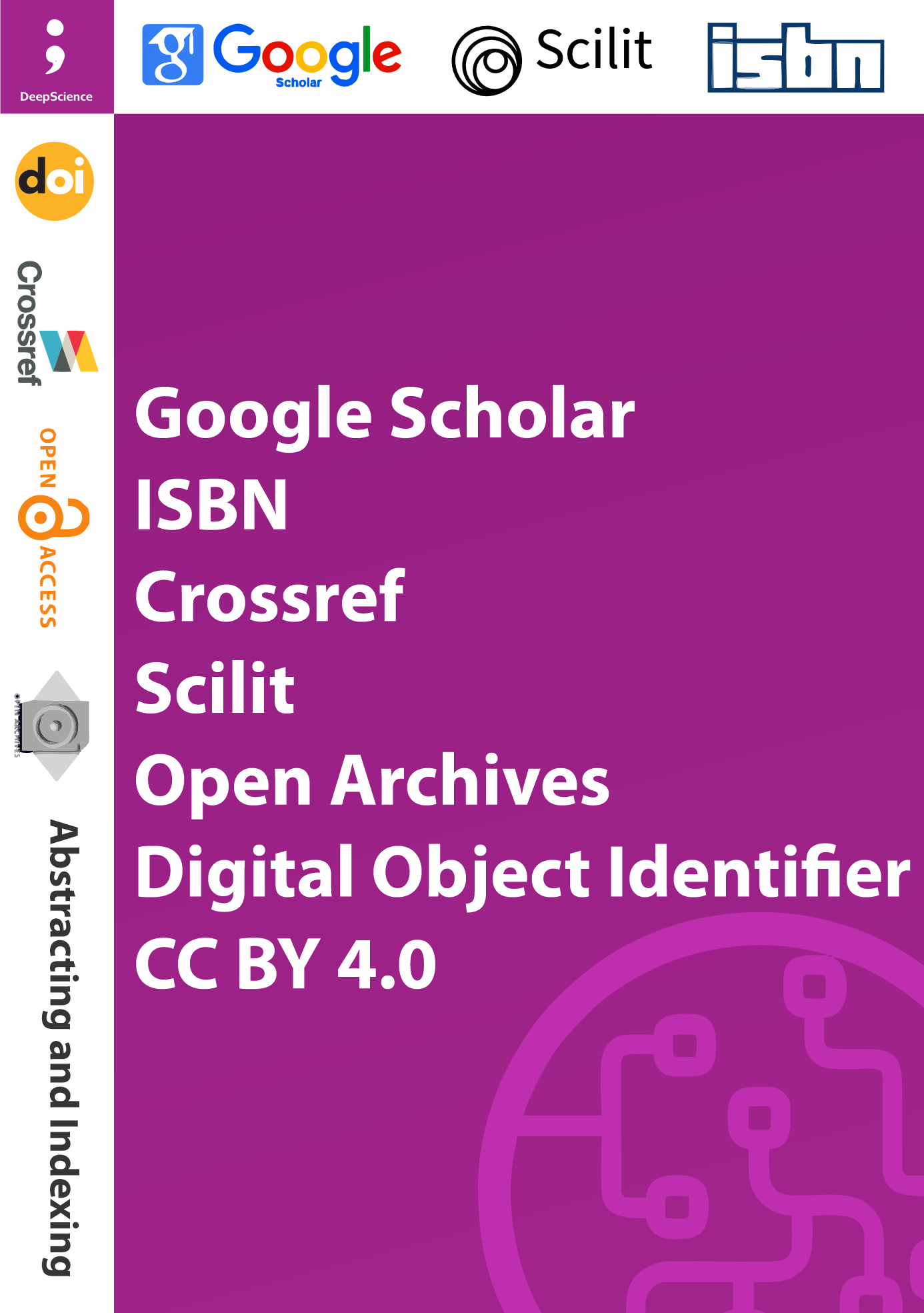Designing proactive and intelligent threat detection mechanisms for robust network protection and resilience
Synopsis
Risk management focuses on detecting potential threats, which is in line with our study that explores proactive threat detection mechanisms and potential adversaries of enterprise networks. The telecommunications industry, striving to win customer loyalty, always aims to provide users with higher satisfaction by ensuring seamless data transmission, coverage of service, lower access delay, and minimum packet loss. Because of competitive challenges faced by network vendors, the reduction of capital expenditure and operational costs of operation support subsystems and the network operation center have also played a more substantial role in telecommunications survival. To reach this primary goal of keeping customer satisfaction as high as possible, the achieved network robustness and network resilience are the most valuable criteria. In the past, the research investigated various approaches to enhancing network resilience. The root cause of the single point of failure was revealed, and remedial designs for eliminating the single point of failure were proposed and analyzed. Deployment of diverse routing protocols, protection mechanisms, and facility backup systems contributed to ensuring data transmission and prevented data, traffic, or signaling transmission loss during network failures. To guarantee a minimum grade of data transmission performance, network performance monitoring and failure recovery algorithms were employed. Influences of various network configurations on competitive behaviors of network service providers were also studied.













